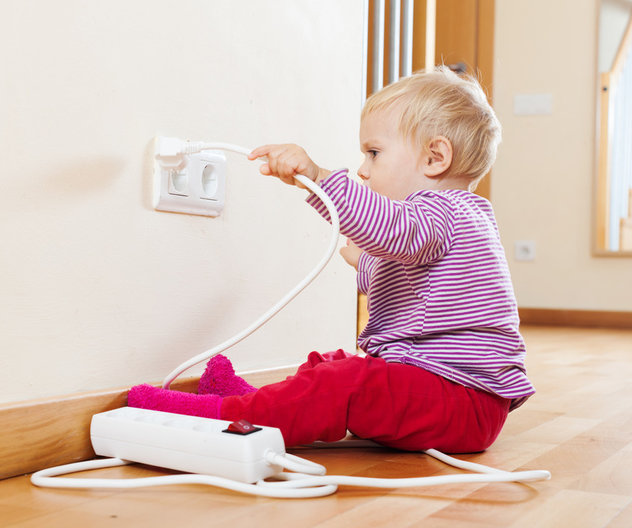
WATER DAMAGE CLAIMS HAVE BECOME A BIG PROBLEM FOR CANADIAN HOMEOWNERS. REASONS FOR THE INCREASE CAN BE TRACED TO CLIMATE CHANGE, LIFESTYLE CHANGE AND AGEING INFRASTRUCTURE. MOST HOMEOWNER POLICIES COVER WATER DAMAGE THAT HAPPENS SUDDENLY AND ACCIDENTALLY, BUT MAY NOT COVER SEWER BACKUPS (WHERE SEPARATE COVERAGE IS NEEDED).
Slow leaks and water seepage that occur over time may also not be covered; quite often they’re considered home maintenance.
And if a flood happens from a local river swelling, you’re likely not covered for that either. So. What to do? Prevention! The first place to start is your sump pump. How old is it? When was the last time you checked it? To ensure it’s working properly, lift the cover and slowly pour water into the sump tank; watch for the float to rise and trigger the pump to activate. Once the water level is lowered, the pump should turn off. Additional tips:
- The pipe that carries the water out of your house should be at least 2 meters from the building, and the water should flow away from your house
- A battery backup is great to have in case of a power failure – make sure the battery is always fully charged
- Remember to check your roof – is it reaching its best before time? If in doubt, have a professional roofer take a look
- Make sure any belongings that are stored in your basement are placed in plastic bins located off the floor
- If you’re converting your basement to a living area, use water resistant materials
What about lifestyle?
Things like dishwashers, hot tubs, hot water heaters, washing machines and water-dispensing fridges are all appliances that have the potential to leak.
Keep an eye on your water bill. If it seems it’s increasing without reason, check the hoses and connections to your appliances. If they’re plastic, consider changing them to CSA approved stainless steel braided hoses. And consider having someone take a look at your hot water heater – their life span is usually only ten years.
Need advice? Call in a professional for recommendations and ask your insurance broker to confirm what’s covered in your policy.





